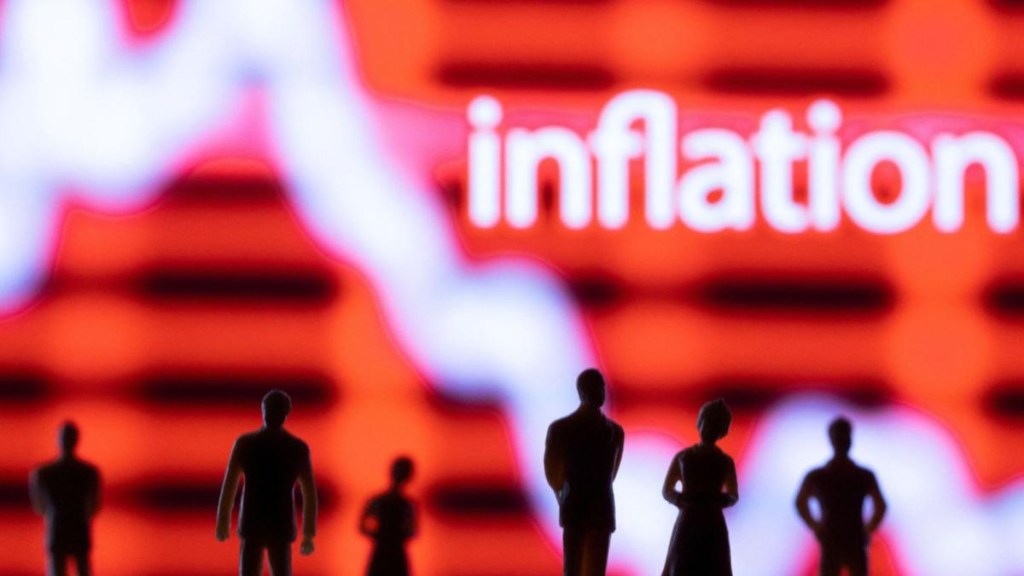The world is not yet done with the fight against inflation as supply-side constraints may continue, but India has learnt to manage it with reforms that are yielding positive results, chief economic advisor V Anantha Nageswaran said on Wednesday.
Because India has always been a supply-constrained economy for a very long time, the country’s growth spurts have been more of sprints than marathons in the past compared to what China has been able to achieve since 1979, he said.
“In that sense, the emphasis on creating physical and digital infrastructure, capital investments, public spending and also getting the financial sector back on track will all hopefully give us a better supply endowment than we had before,” Nageswaran said at a Delhi School of Economics event.
“If our inflation performance, in 2022 and 2023, was an indication, perhaps we have probably learnt to manage the growth-inflation or overheating trade-offs a bit better,” the CEA said.
India’s consumer price index-based inflation rose to an eight-year high of 7.79% in April 2022, largely due to supply constraints. Supply side measures moderated inflation thereafter. The country’s annual retail inflation eased to a three-month low of 5.10% in January from 5.69% in the previous month, helped by a slower rise in prices of some food items.
“What happened in 2022 and 2023 — when inflation peaked at little less than 8% on a headline basis — is probably a sign that some of the supply-side reforms in the last six-eight years are beginning to or will begin to have their impact in a positive way, lengthening our economic and financial cycles than before. That’s a good news we have,” Nageswaran said.
The world is moving from a demand-constrained world to a supply-constrained world which means it is moving from an era of disinflation or deflation over the last 3-4 decades to one of maybe higher inflation, he said.
“The CPI data for the US Core and headline inflation rate probably were a reminder that we are not done yet with our fight against inflation,” he said.
On Tuesday, data showed that the consumer price index (CPI) gained 3.1% in January versus the 2.9% estimated growth by analysts.
High inflation has implications for social stability and the economic well-being of households as everything from rents to energy bills rise, Nageswaran said.
Going forward, Indian exporters and policymakers should think of productivity increases seriously, he said referring to the possibility of rupee appreciation against the dollar.
“Potential exchange rate appreciation is a reality we may have to look at possibly due to capital flows or high growth expectations in India. Therefore, the return differential for investors will probably lend an appreciation bias to the rupee vis a vis dollar in the coming years,” he said.
Indian exporters and policymakers, who were used to annual 2-3% rupee depreciation in the last 30-40 years, would have to think seriously about productivity, Nageswaran added.

